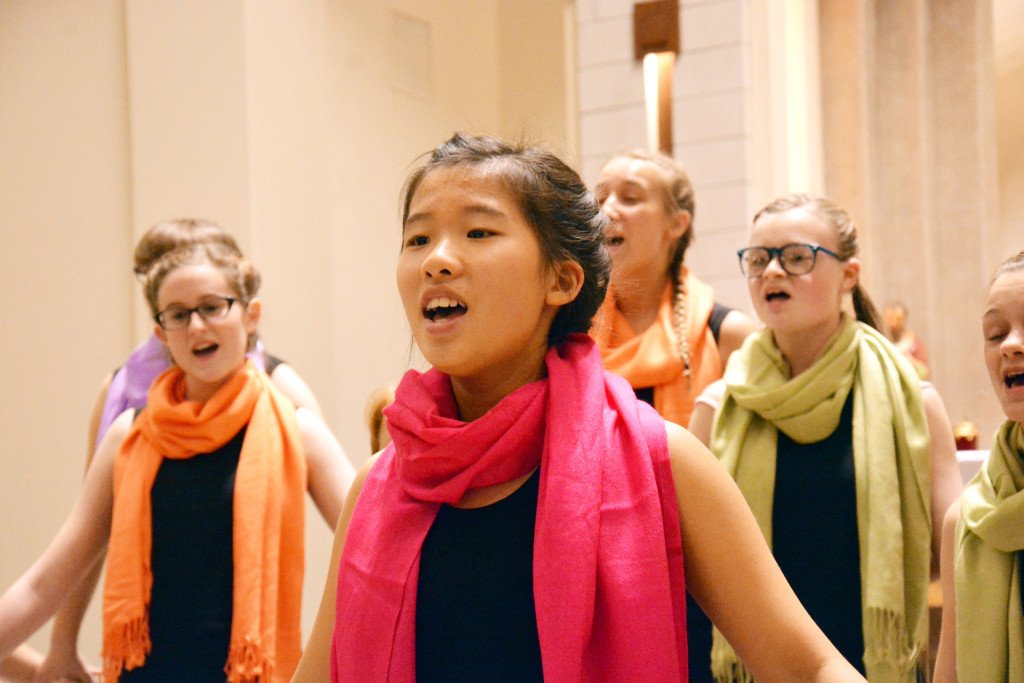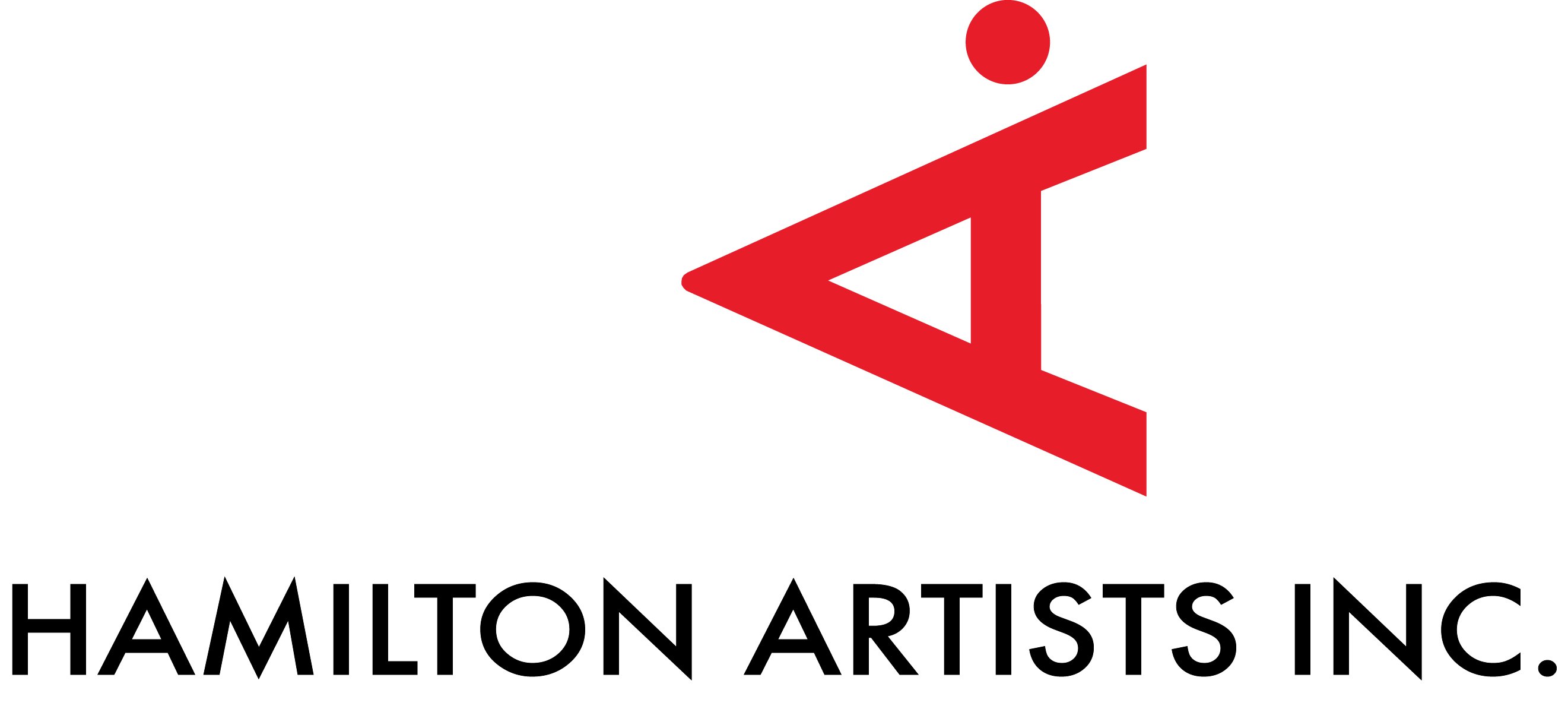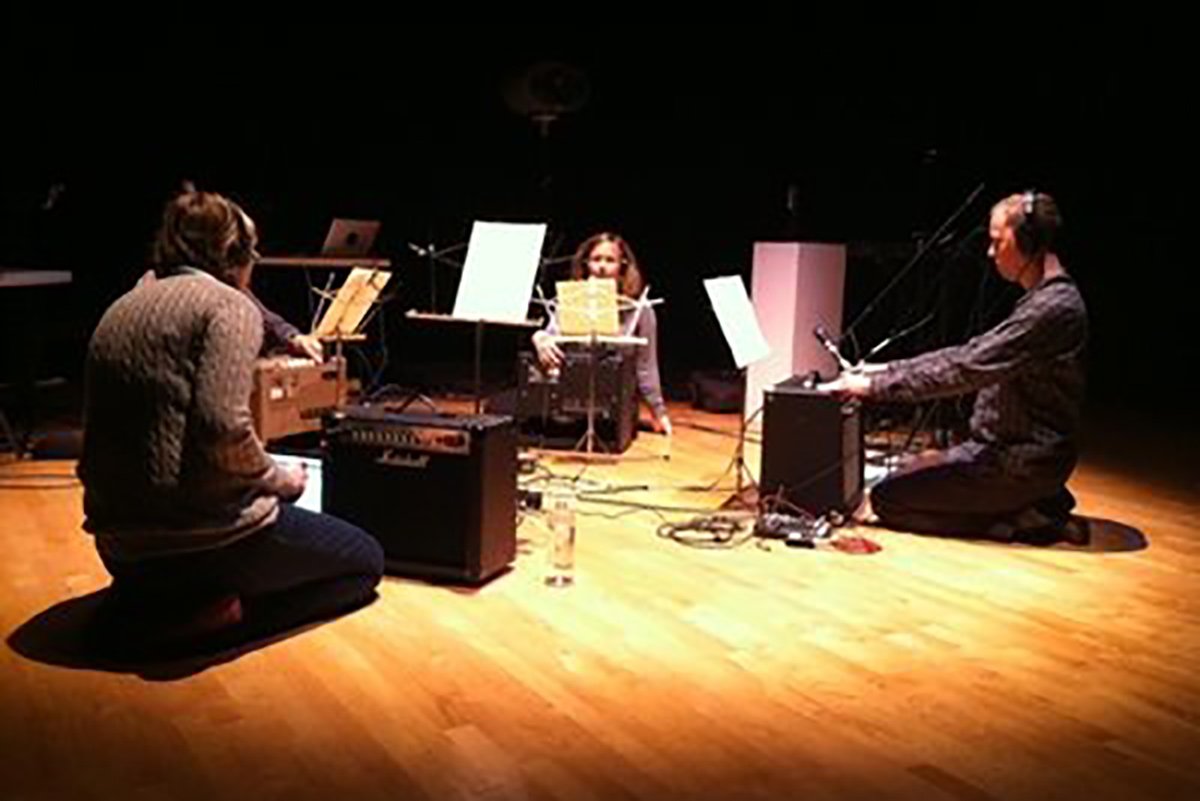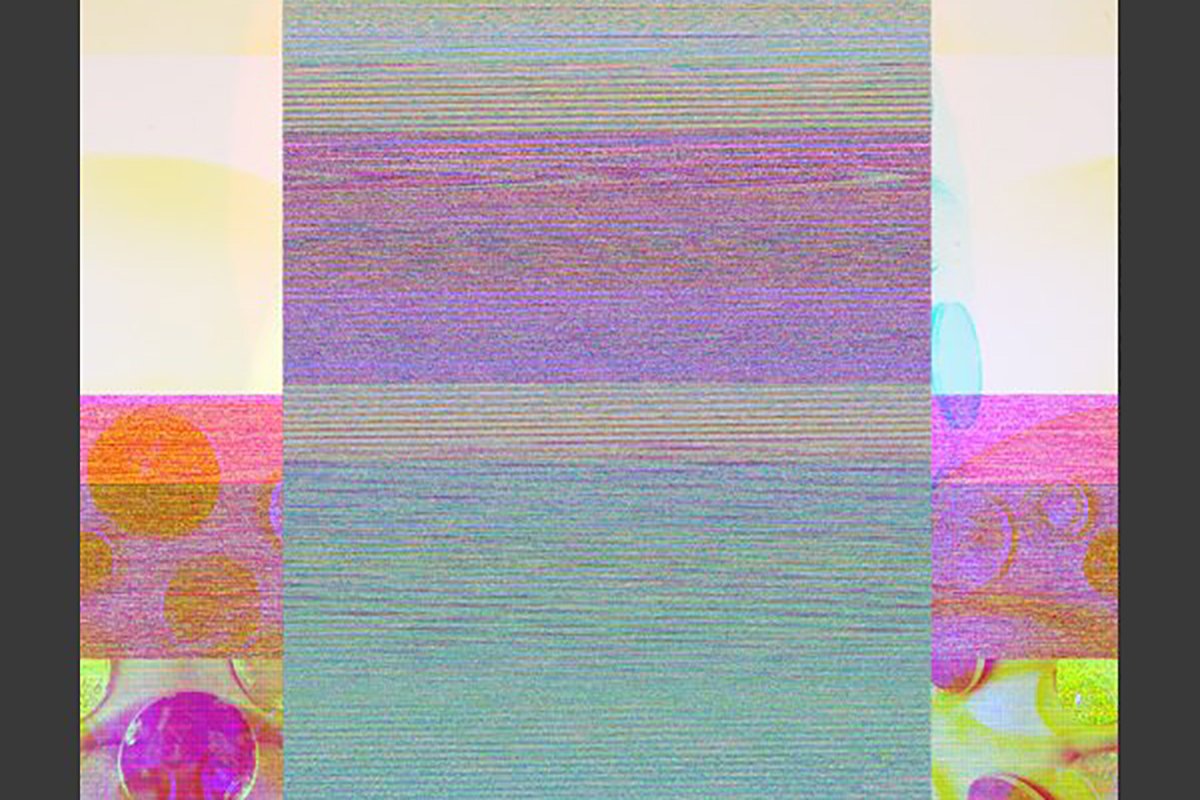Song of Seven
Song of Seven (2016)
2016
A composition for children’s choir featuring seven voices and seven sets of biodata with piano accompaniment.
In this song, young performers contemplate an emotional time in their lives, and recount this memory as an improvised vocal solo.The choir is instructed to enter into a meditative state during these emotional solos, deeply listening to the tale and empathizing with the soloist, using imagination to recreate the scene. Choir members are attached to a musical instrument I call the BioSynth a small synthesizer that sonifies heartbeats and sweat release for each individual member to pre-programmed tones. Sweat release, often acknowledged as a robust measure of emotional engagement, is signaled by overtones that appear and reappear over a drone; meanwhile the heartbeats of each chorister are sounded according to blood flow, providing a light percussion.
The musical score combines traditional music notation with vocal games and rhythms determined not necessarily by the conductor or score but by beatings of the heart and bursts of sweat. Discreet flashing lights on the synthesizer boxes in front of the choristers allowed the singers to discern the rhythms and patterns of their heart and sweat glands, which therefore permits compositions to incorporate the rhythms of the body into the final score as markers that trigger sonic events.
Credits
Piano accompanist: Daniel Àñez
Hardware design: Martin Peach
Software design: Erin Gee
Performance history
This choral composition was workshopped over a one-week residency at the LIVELab (McMaster University) with selected members of the Hamilton Children’s Choir, and facilitated by Hamilton Artists Inc. with support from the Canada Council for the Arts.
Links
Video
Song of Seven (2016)









